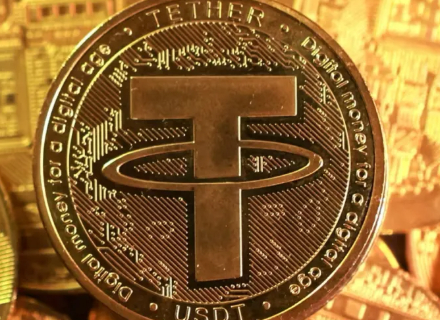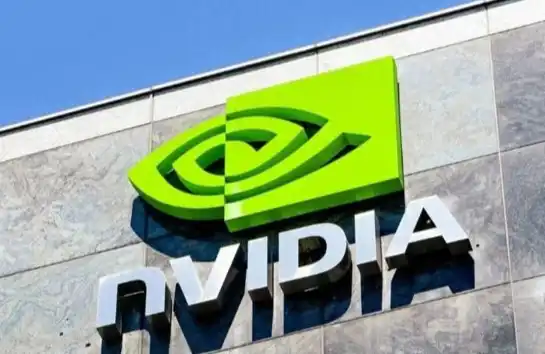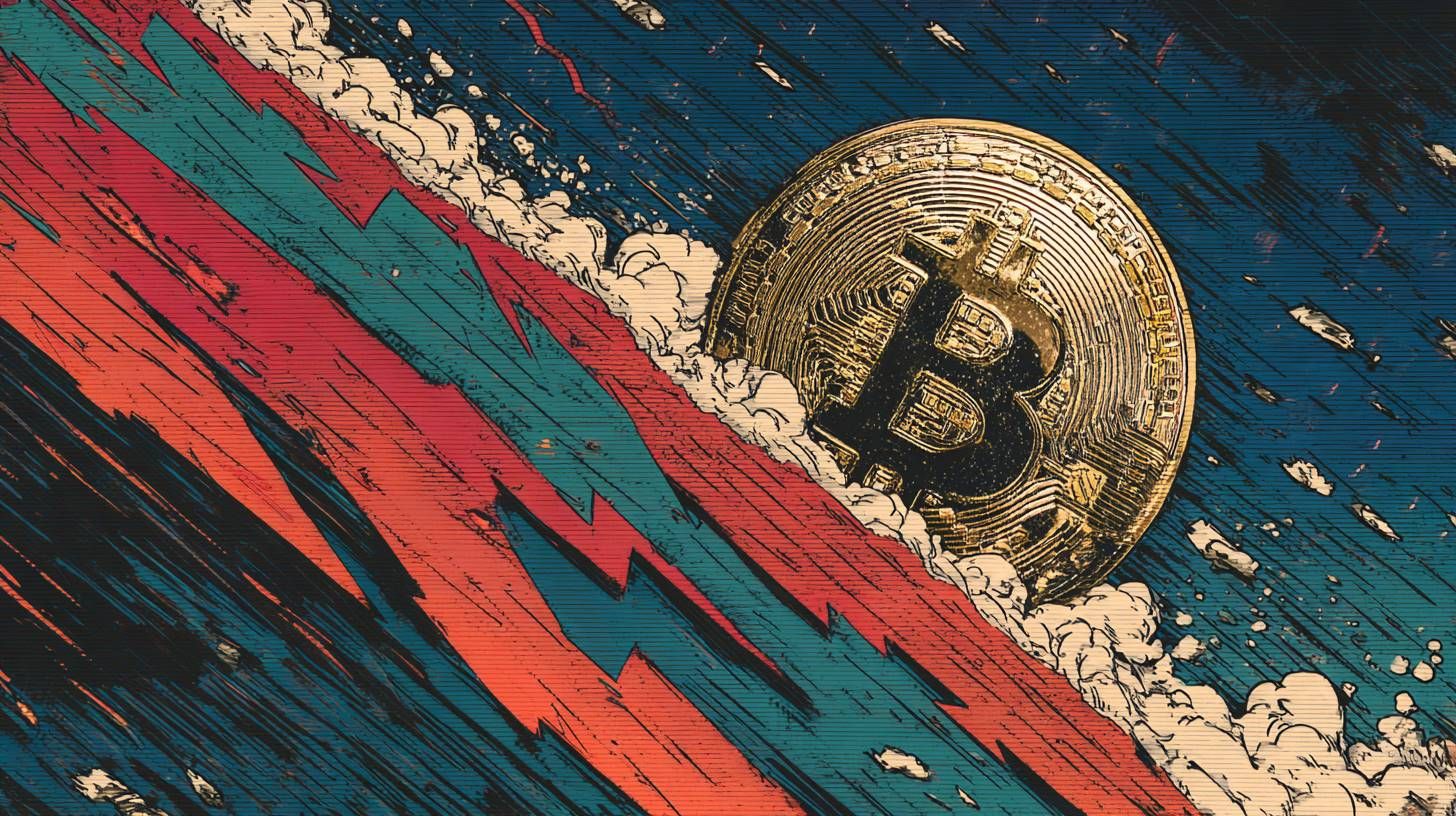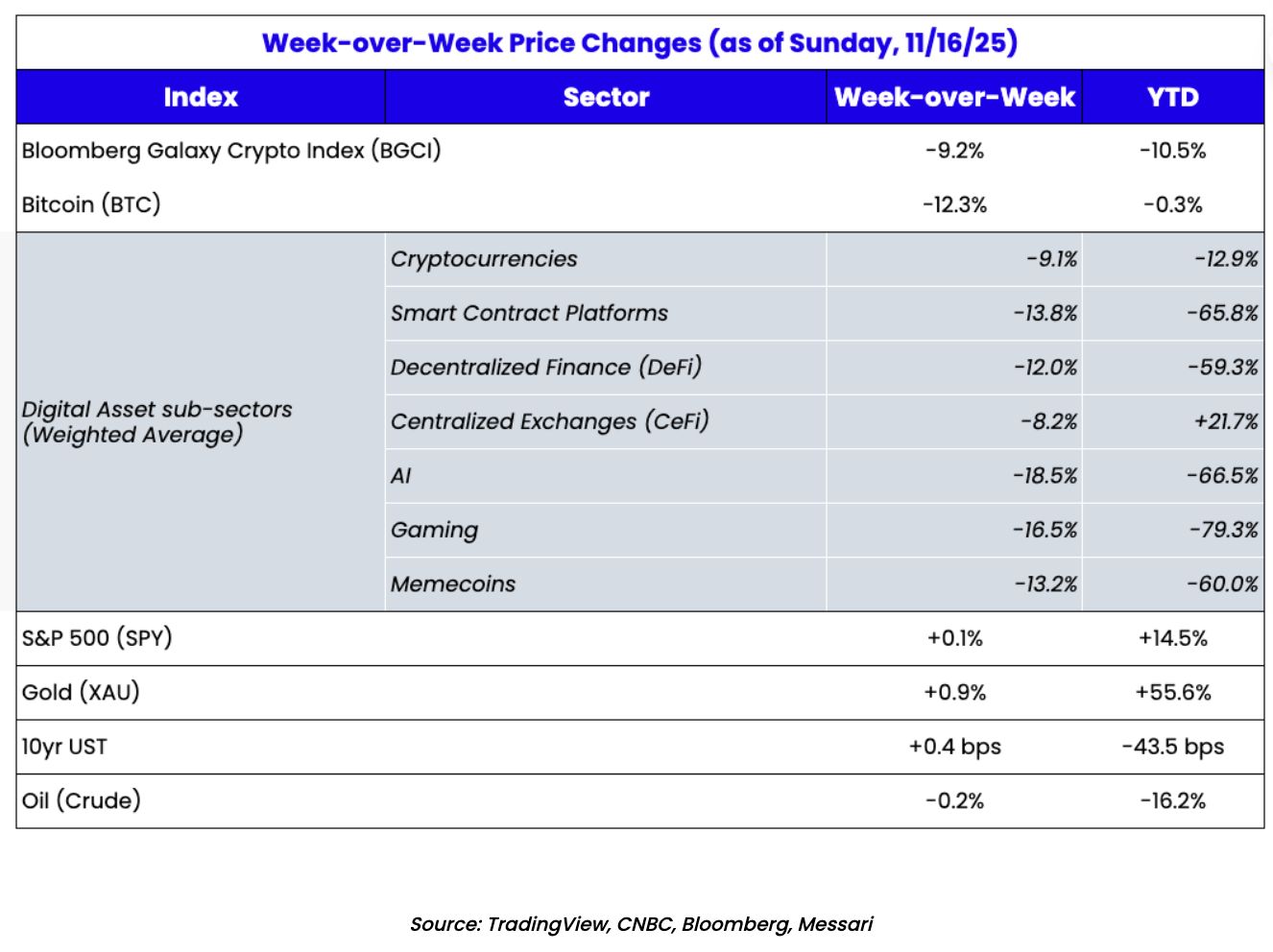Norway’s Wealth Fund Doubles Indirect Bitcoin Exposure
- The increase in Bitcoin holdings marks notable portfolio diversification.
- Indirect exposure rose by 192%, reaching 7,161 BTC.
- Investments focus on companies with significant Bitcoin reserves.
Norway’s sovereign wealth fund, managing $1.9 trillion, increased its indirect Bitcoin holdings by 192% over the past year, primarily through investments in companies like MicroStrategy and Tesla.
This significant increase reflects growing institutional confidence in Bitcoin, impacting market perceptions and potentially encouraging other funds to diversify into cryptocurrency assets indirectly.
Norway’s $1.9 trillion sovereign wealth fund, Norges Bank Investment Management (NBIM), has expanded its indirect Bitcoin holdings by 192% over the past year. As of now, the fund holds the equivalent of 7,161 BTC, valued at approximately $844 million.
This increase was achieved through equity investments in companies such as MicroStrategy , Marathon Digital, and Tesla , which are known for holding significant Bitcoin reserves. NBIM continues to avoid directly holding Bitcoin, opting for investments in related equities.
The growth in NBIM’s Bitcoin exposure impacts both the cryptocurrency market and the equities of involved companies. Notably, it showcases growing confidence in Bitcoin as a viable asset class within diversified portfolios.
Financial implications include significant shifts in portfolio strategies towards digital currencies. Market analysts suggest this move could influence other institutional investors, reinforcing the trend towards indirect crypto asset management.
“This is my favorite chart to update whenever the world’s largest sovereign wealth fund discloses holdings. It efficiently shows that BTC is finding its way into any well-diversified portfolio, intentional or not.” — Vetle Lunde, Senior Analyst, K33 Research
Potential regulatory and technological outcomes of NBIM’s strategy include increased scrutiny of indirect investment routes. Historical trends indicate growing institutional acceptance of crypto assets, supported by analyst insights and public company filings.
Disclaimer: The content of this article solely reflects the author's opinion and does not represent the platform in any capacity. This article is not intended to serve as a reference for making investment decisions.
You may also like
The Atlantic: How Will Cryptocurrency Trigger the Next Financial Crisis?
Bitcoin fell below $90,000, and the cryptocurrency market lost $1.2 trillions in six weeks. Stablecoins, criticized for disguising risks as safety, have been identified as potential triggers for a financial crisis, and the GENIUS Act could increase these risks. Summary generated by Mars AI. This summary was generated by the Mars AI model, and the accuracy and completeness of its content are still being iteratively updated.

Bitcoin Surrenders Early as Market Awaits Nvidia’s Earnings Report Tomorrow
Global risk assets have experienced a significant decline recently, with both the US stock market and the cryptocurrency market plunging simultaneously. This is mainly due to investor fears of an AI bubble and uncertainty surrounding the Federal Reserve's monetary policy. Concerns over the AI sector intensified ahead of Nvidia's earnings report, while uncertainty in macroeconomic data further increased market volatility. The correlation between Bitcoin and tech stocks has strengthened, leading to split market sentiment, with some investors choosing to wait and see or buy the dip. Summary generated by Mars AI. The accuracy and completeness of the content generated by the Mars AI model are still being iteratively improved.

Recent Market Analysis: Bitcoin Falls Below Key Support Level, Market on High Alert, Preparing for a No Rate Cut Scenario
Due to the uncertainty surrounding the Federal Reserve’s decision in December, it may be wiser to act cautiously and control positions rather than attempting to predict a short-term bottom.

If HYPE and PUMP were stocks, they would both be undervalued.
If these were stocks, their trading prices would be at least 10 times higher, if not more.

